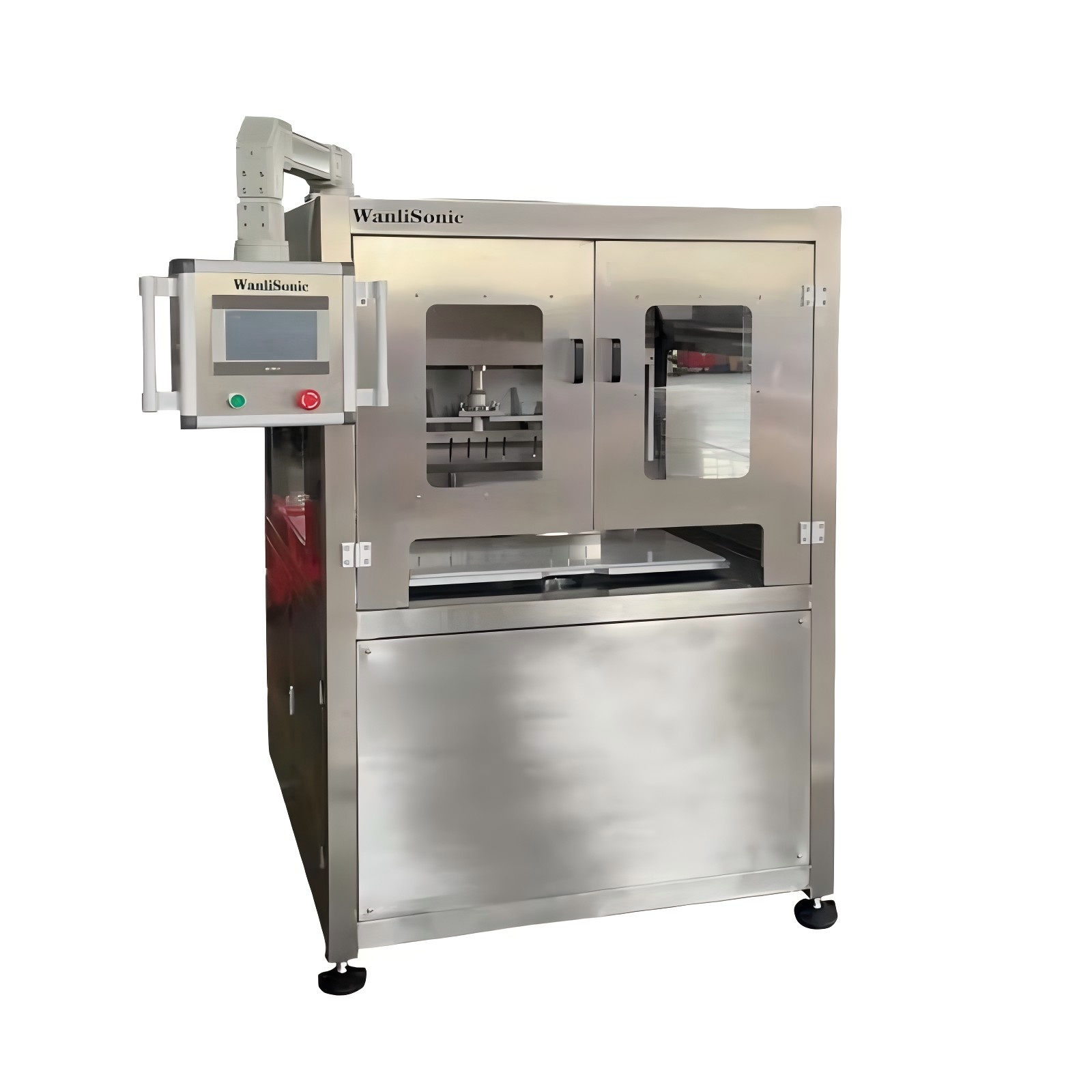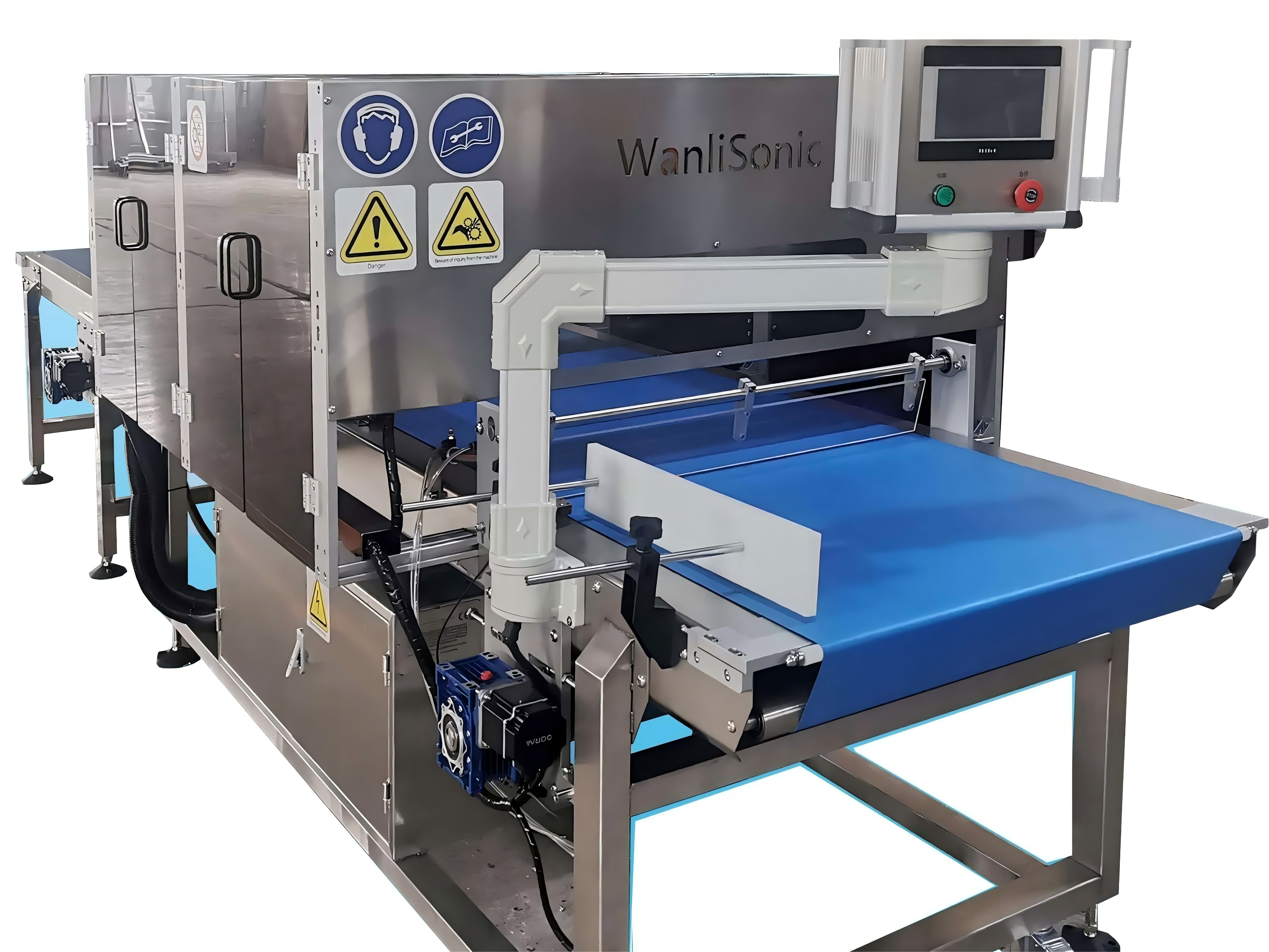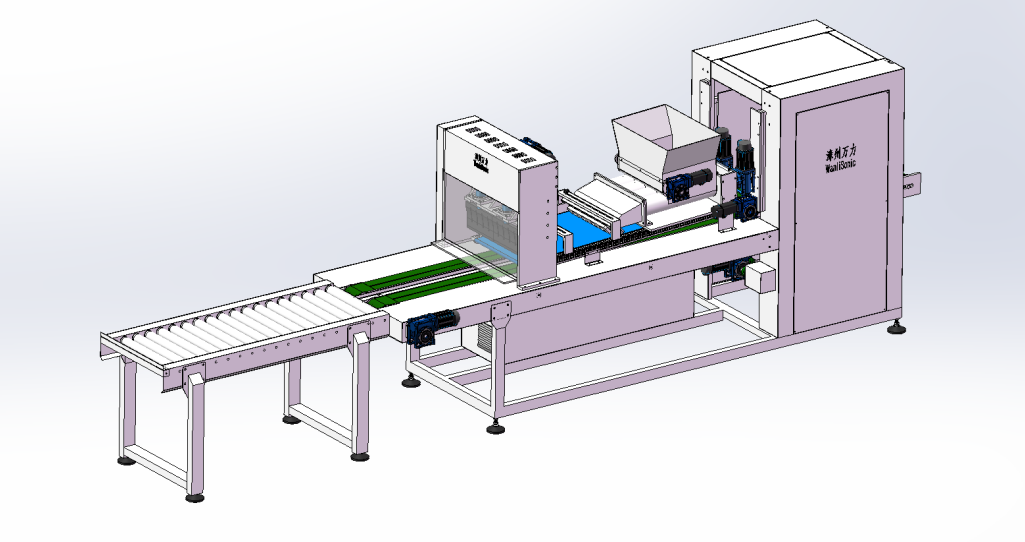Ultrasonic energy acts on the medium, which will cause the particles to vibrate at high speed and produce mechanical changes such as speed, acceleration, sound pressure, and sound intensity, thereby causing mechanical effects. Ultrasound is a form of mechanical energy propagation, which is related to the wave process and will produce a linear effect of vibration. When the ultrasonic wave propagates in the medium, although the amplitude of the particle displacement is small, the acceleration of the particle caused by the ultrasonic wave is very large.
If the 20kHz, 1W/cm2 ultrasonic wave propagates in water, the sound pressure amplitude generated by it is 173kPa, which means that the sound pressure amplitude must change 20,000 times between positive and negative 173kPa per second, and the maximum particle acceleration Up to 1440km/s2, which is about 1500 times the acceleration of gravity, such intense and rapidly changing mechanical motion is the mechanical vibration effect of power ultrasound.
When the ultrasonic medium is not a uniform layered medium (such as biological tissue, human body, etc.), the acoustic impedance of each layer of media will cause the reflected sound waves to reflect and form a standing wave. The antinodes and nodes of the standing wave cause pressure and tension And acceleration changes. Since the mass of different media particles (such as biomolecules) is different, the vibration speed caused by the pressure change is different, and the pressure change caused by the relative motion between the media particles is another reason for the ultrasonic mechanical effect. The mechanical effects using ultrasound should be processed (perforation, cutting, compaction, surface strengthening, welding, cleaning, polishing, and removal of undesirable films and dirt, etc.), and also used to accelerate dispersion, homogenization, emulsification, and crushing , Sterilization and other processes.
The mechanical effect of ultrasound has been widely used in production, and examples are as follows.
Mechanical agitation
Ultrasonic high-frequency vibration and radiation pressure can form effective agitation and flow in gas and liquid. The strong jet and local micro-rush flow generated by the cavitation bubble vibration on the solid surface can significantly weaken the surface tension and friction of the liquid, and destroy the attached layer of the solid-liquid interface, so it cannot reach the ordinary low-frequency mechanical agitation. effect. This effect is the physical basis for the application of drugs through human skin, beauty products to human skin, ultrasonic degassing, food and cosmetic leveling and refinement.
Interdiffusion
The pressure and high temperature effect of ultrasonic vibration and cavitation are used to promote the mutual penetration of molecules between two liquids, two solids, or liquid-solid and liquid-gas interfaces to form new material properties. Ultrasonic welding of metals or plastics, ultrasonic emulsification, cleaning, atomization can be classified as such effects.
Homogenize
After the cavitation bubbles are closed, the local shock wave can crush the particles in the liquid to make it fine; make the crystal uniform; disperse the large and uneven milk droplets into tiny uniform agents (such as medical contrast agents, cancer treatment agents, etc.) ; It can even include thrombolysis and other effects.
Cohesion
Ultrasonic vibration can make the suspended particles in the gas and liquid medium move at different speeds, increasing the chance of phase collision; or using standing waves to make them tend to the antinodes, thus agglomeration process occurs. Dust collection in the flue and artificial rain fall into this category.
Mechanical cutting action
Due to the great acceleration of ultrasonic vibration and the effect of cavitation and acoustic corrosion, special and precise processing of hard and brittle materials (gems, ceramics, glass, magnetic steel, etc.) can be performed.
Smash
The use of high-intensity ultrasound pulses can crush kidney stones and gallstones in the body without damaging soft tissues.






